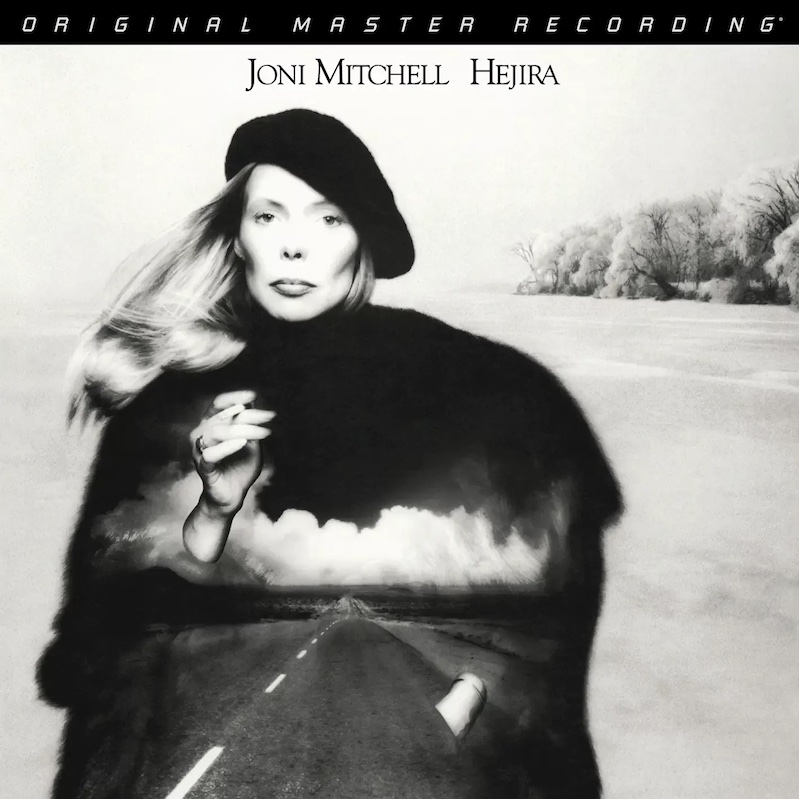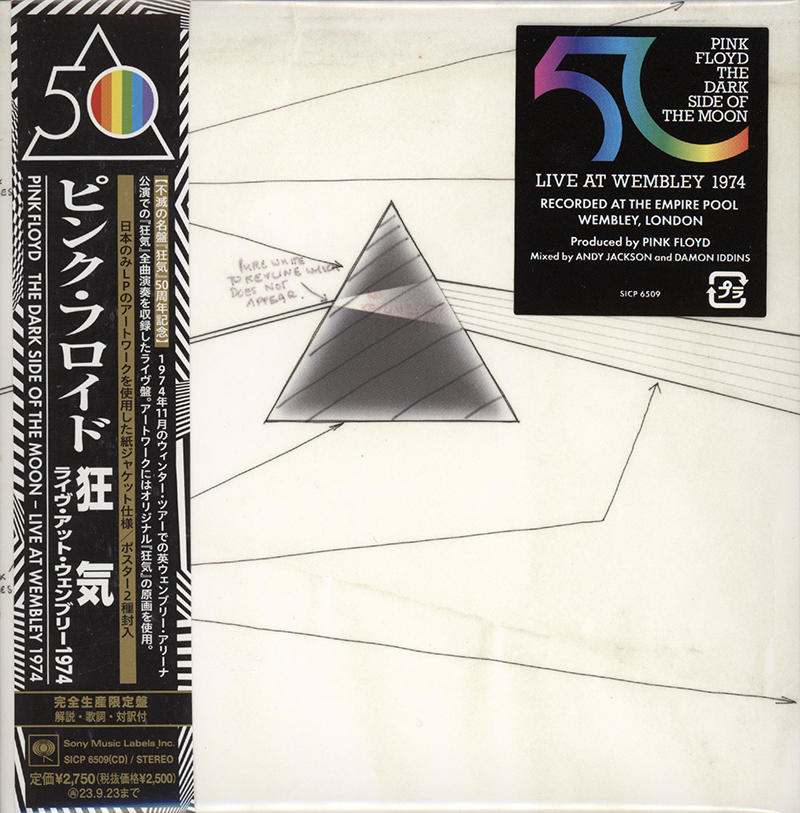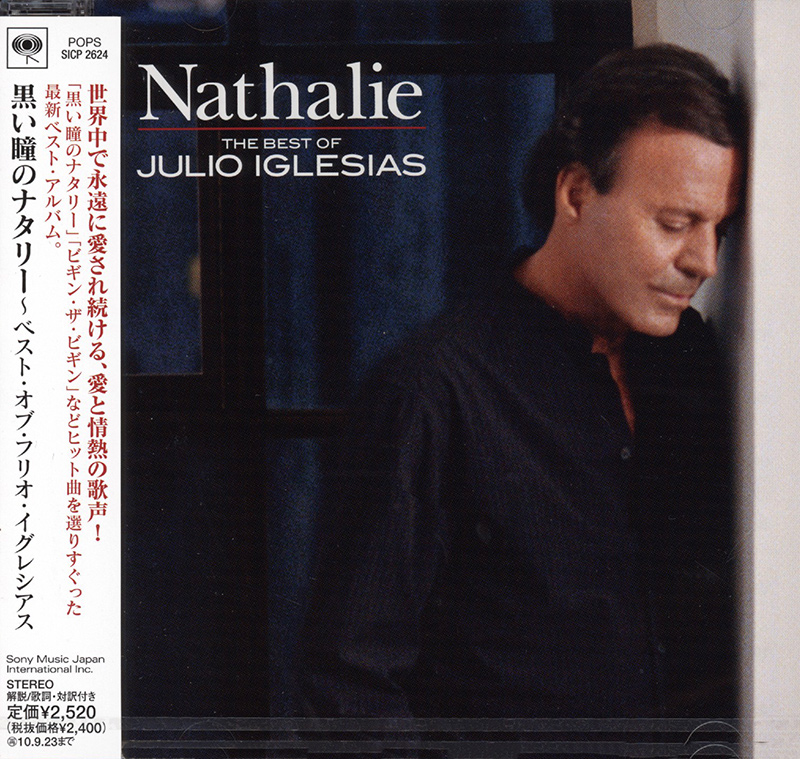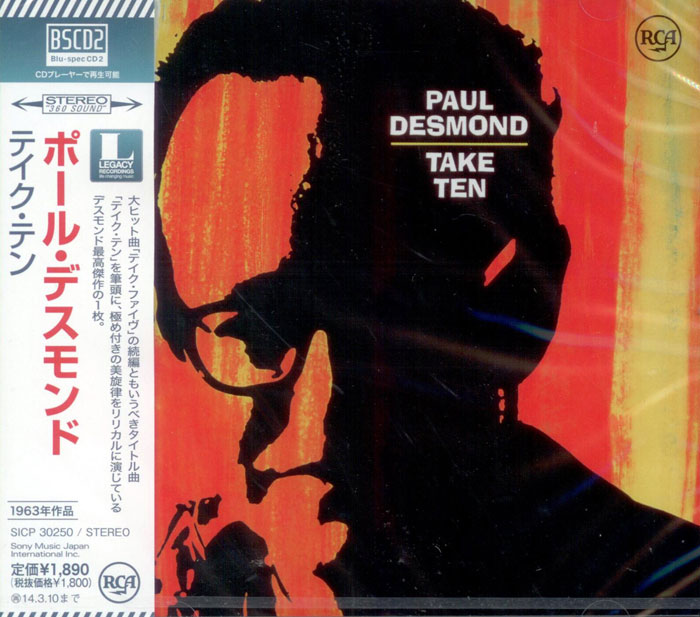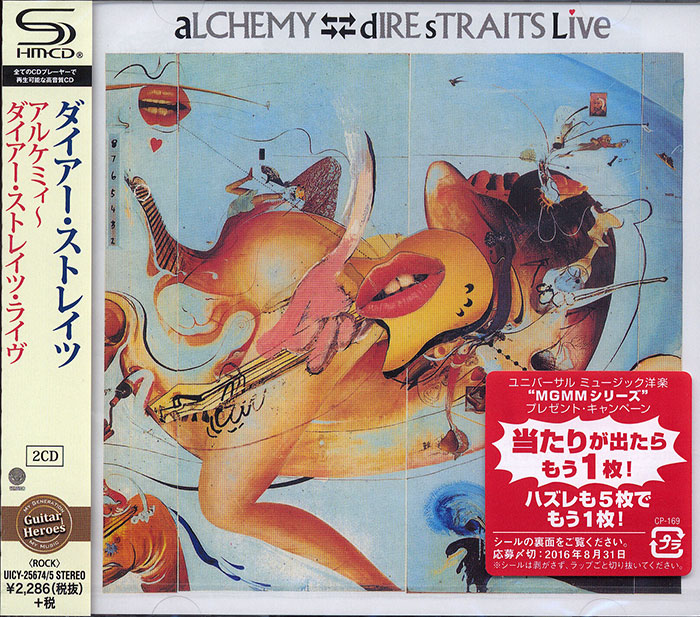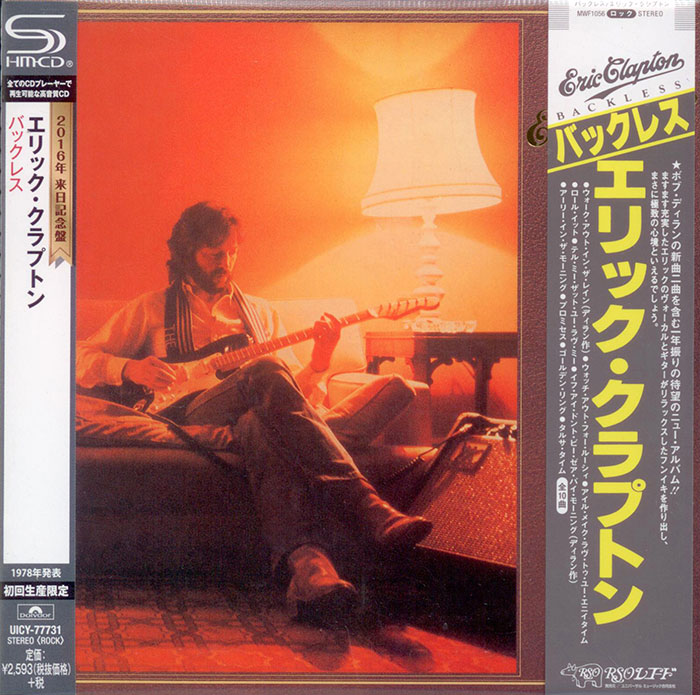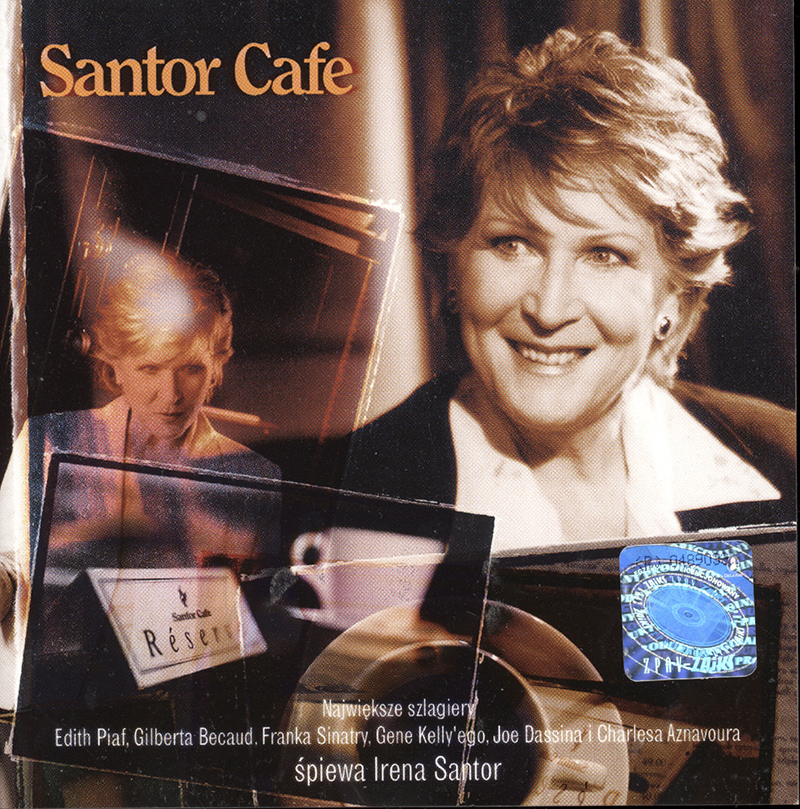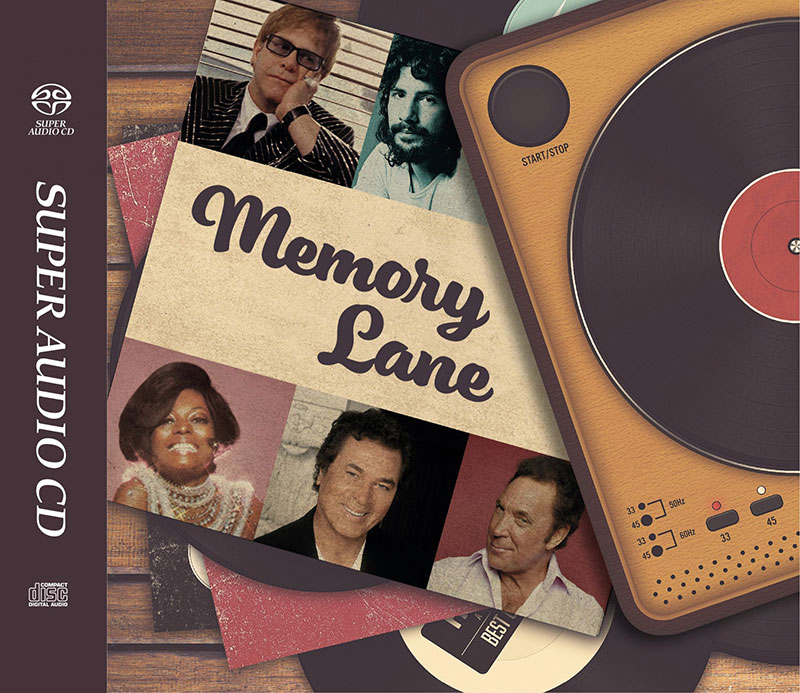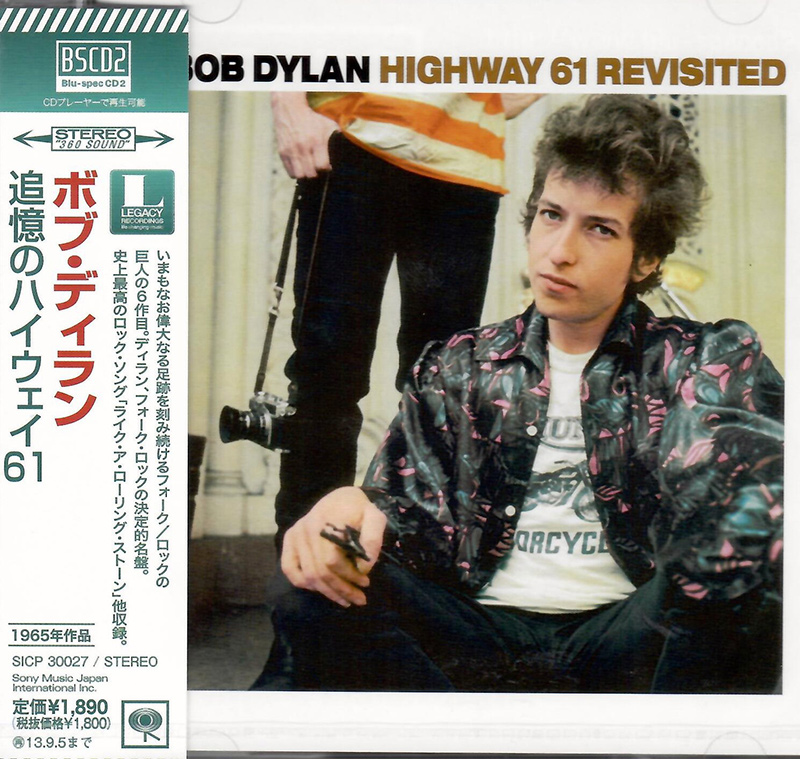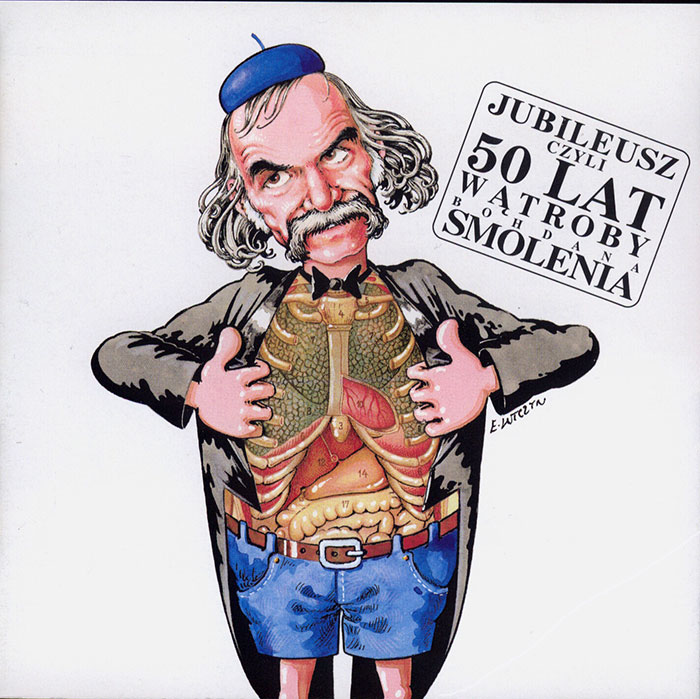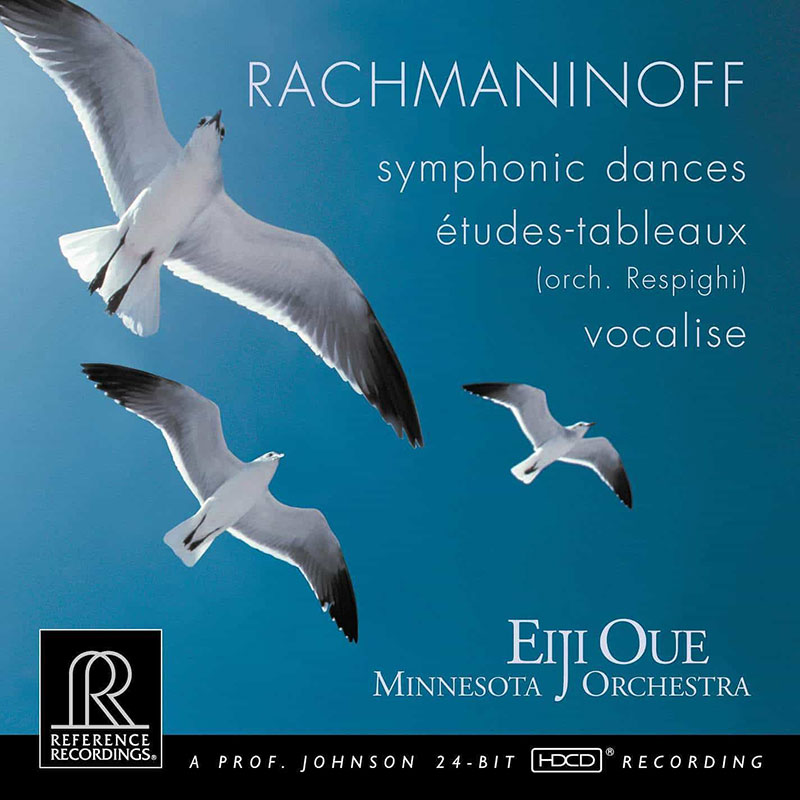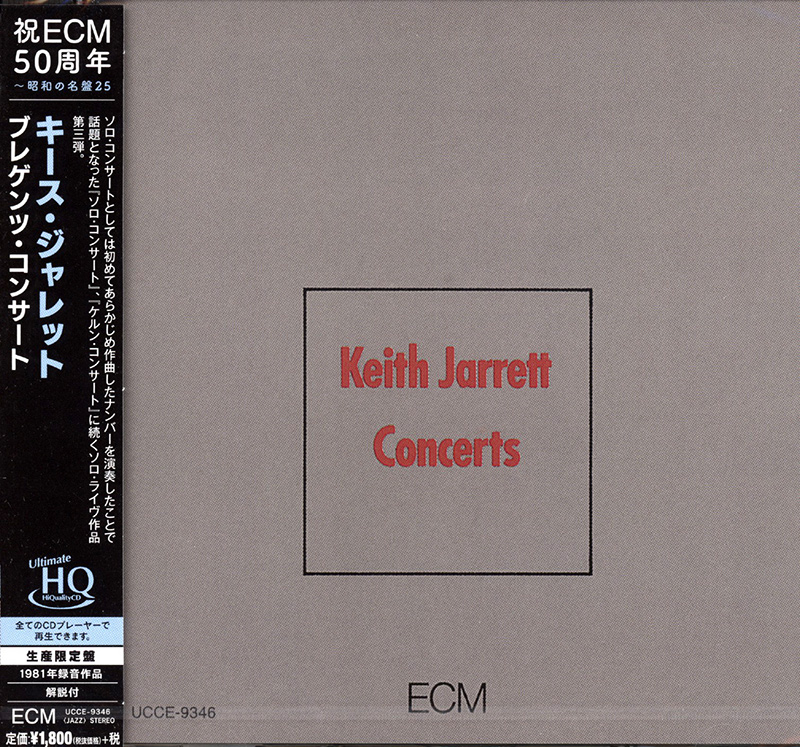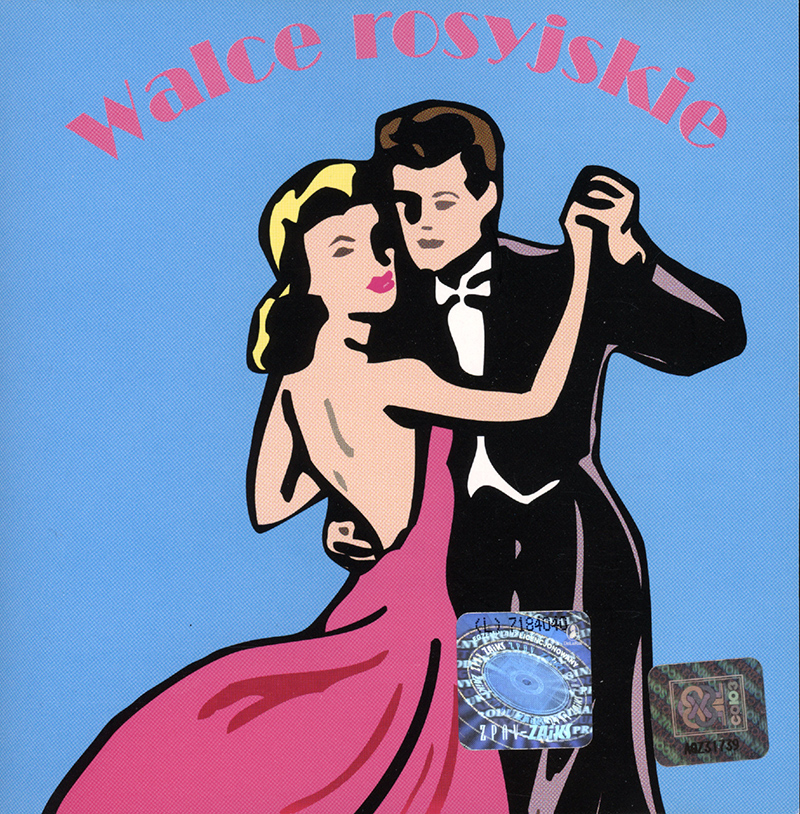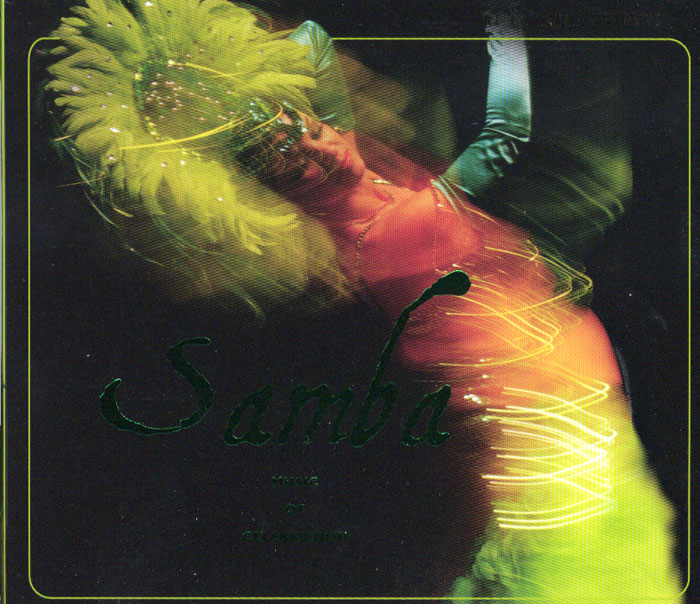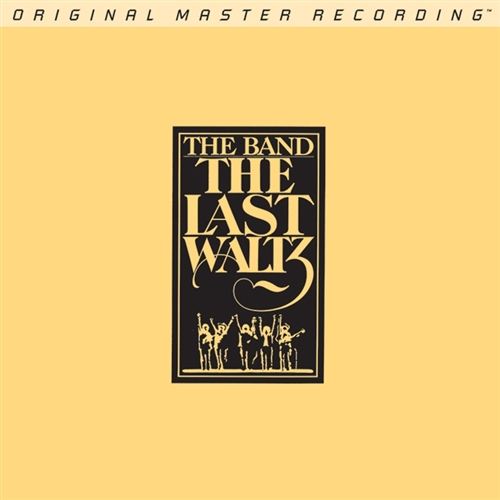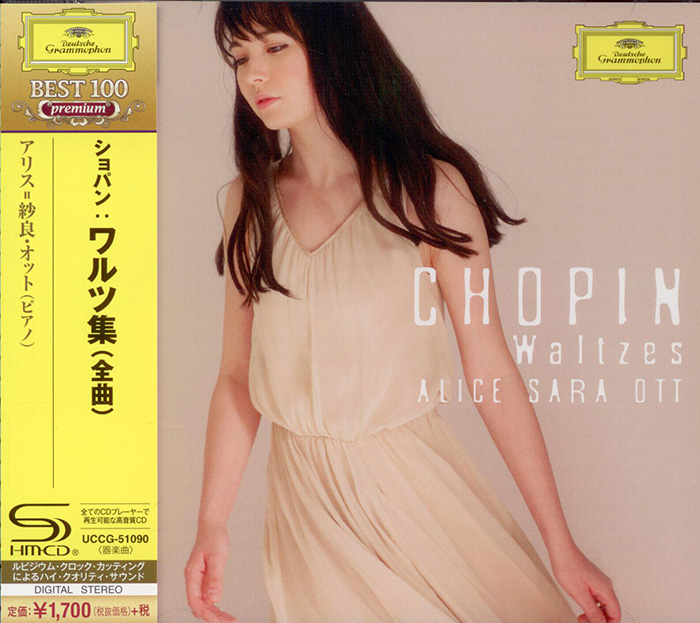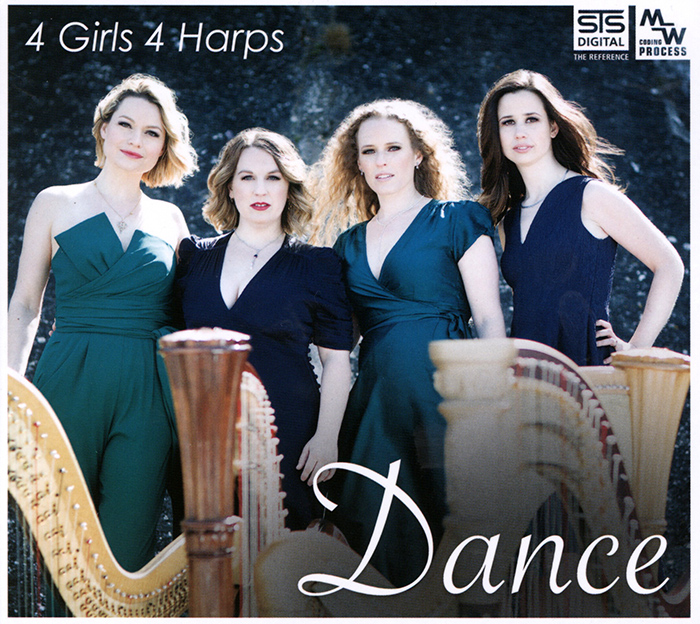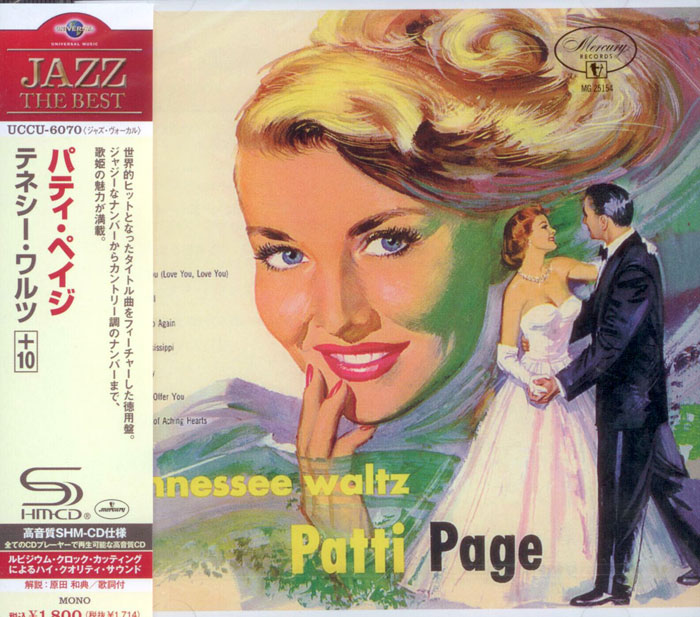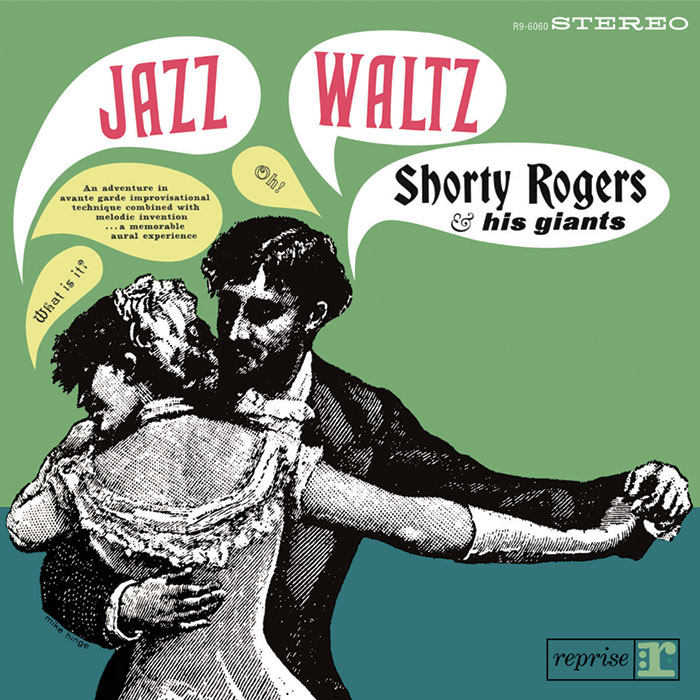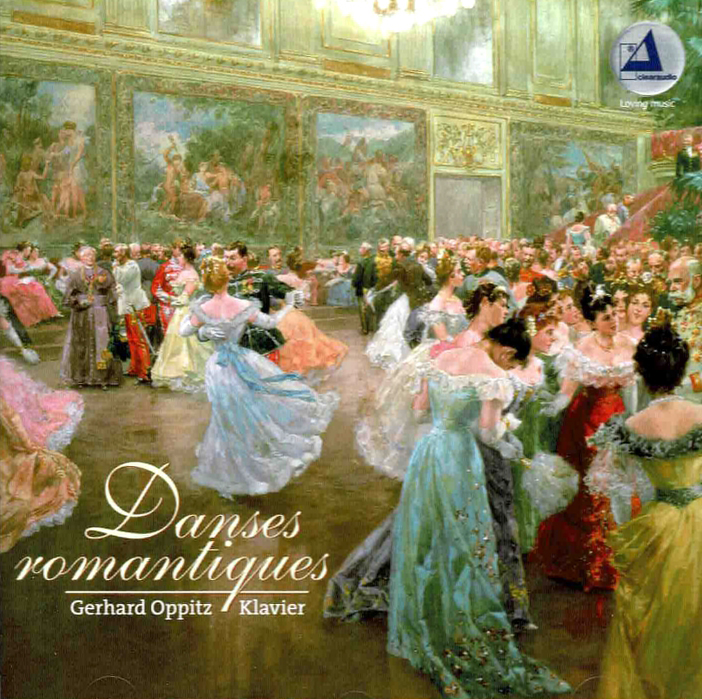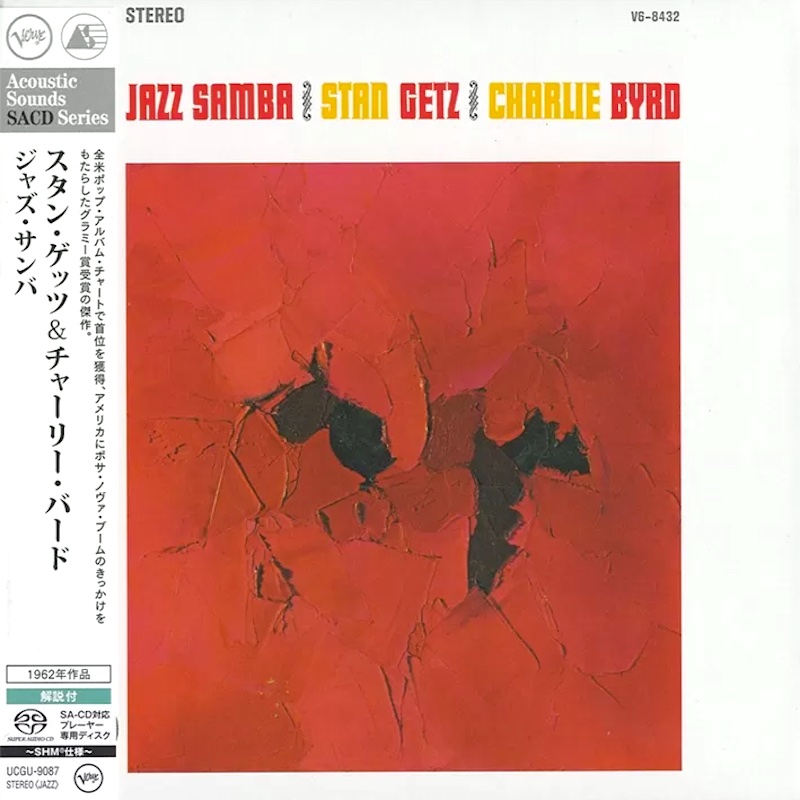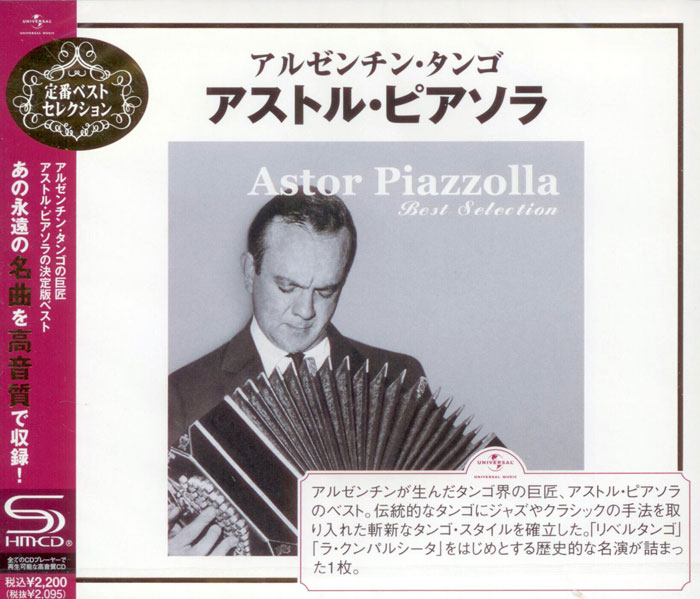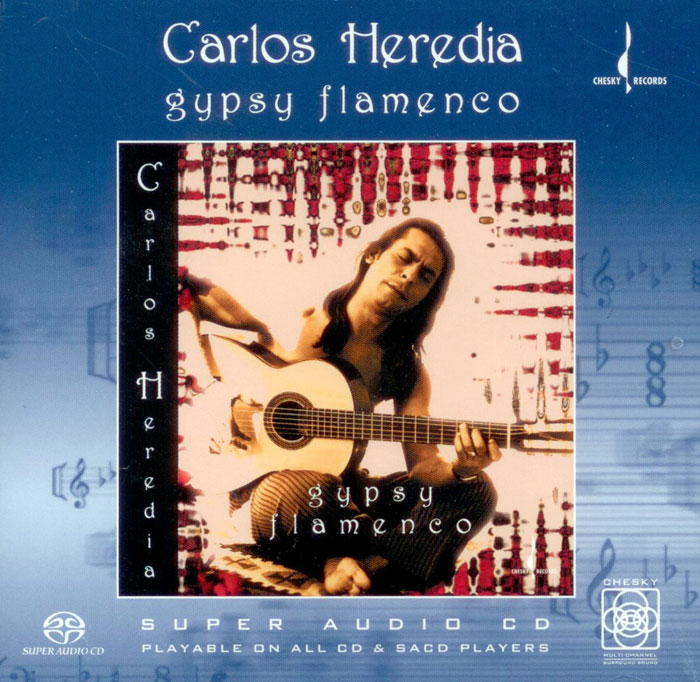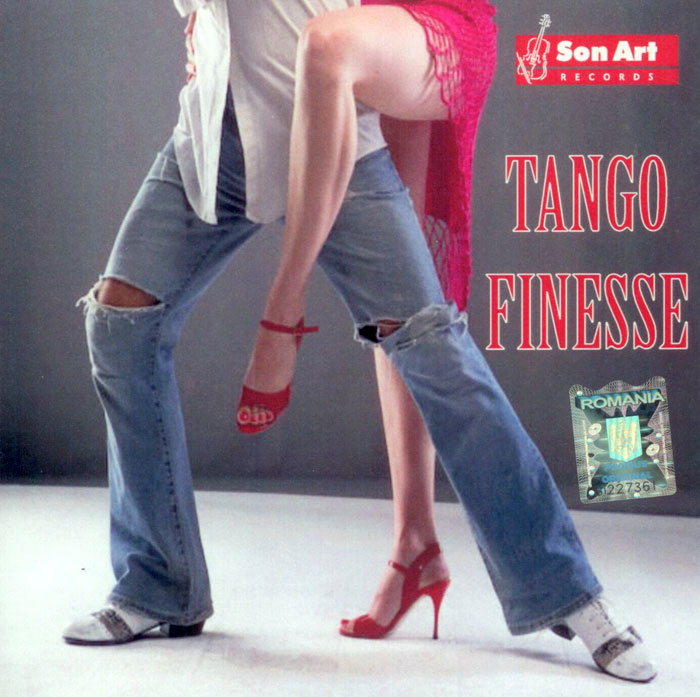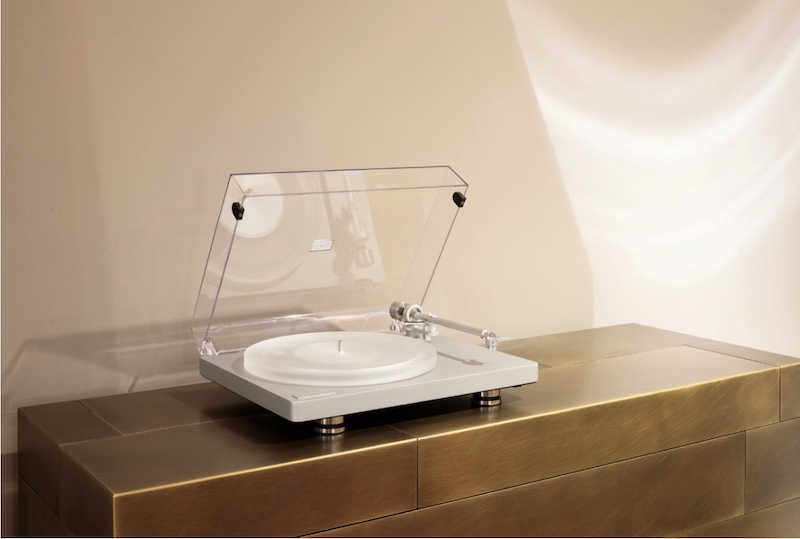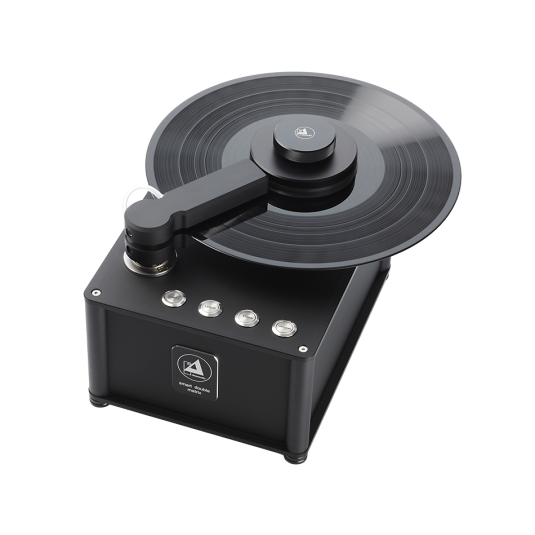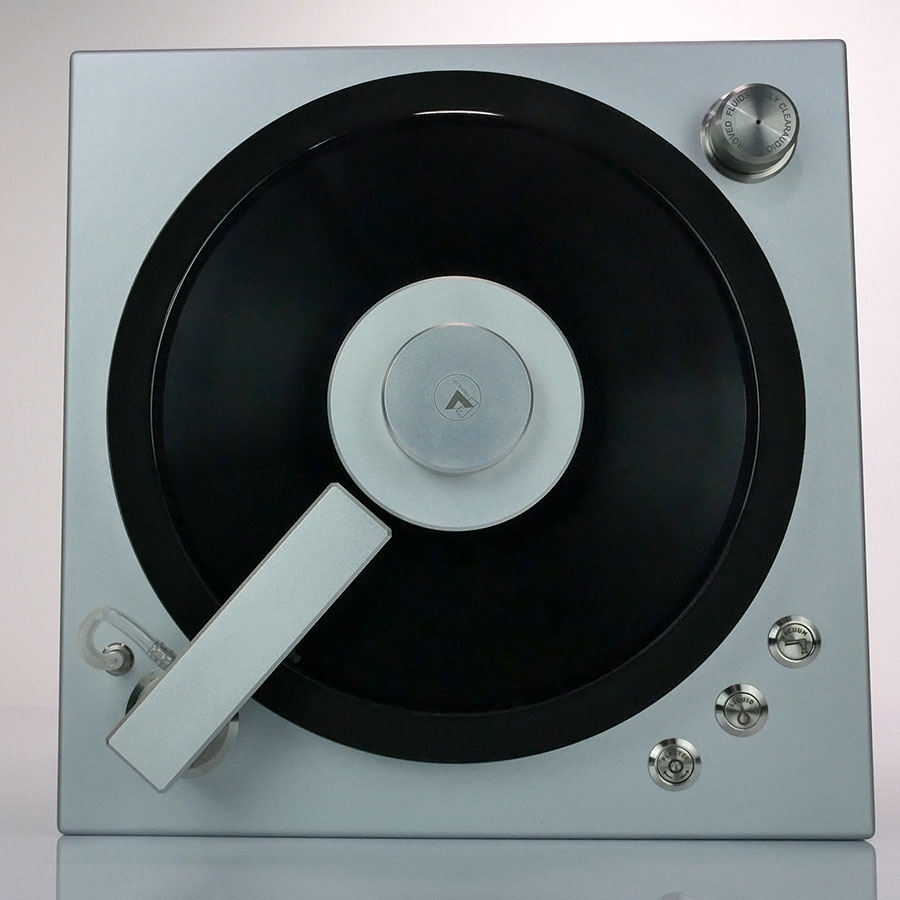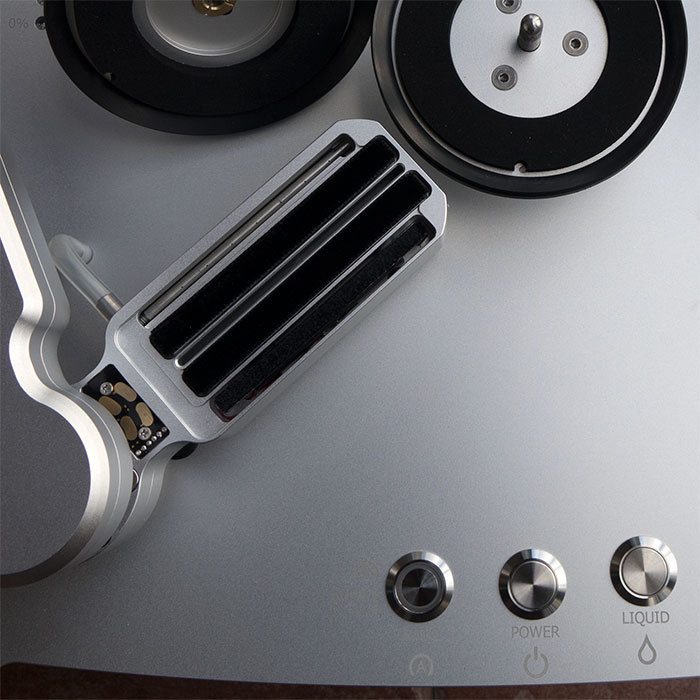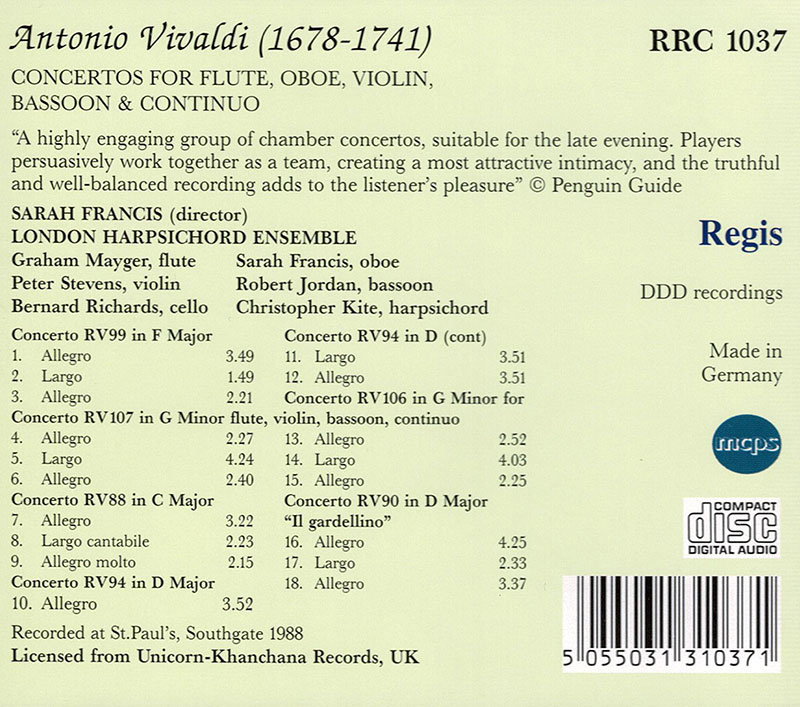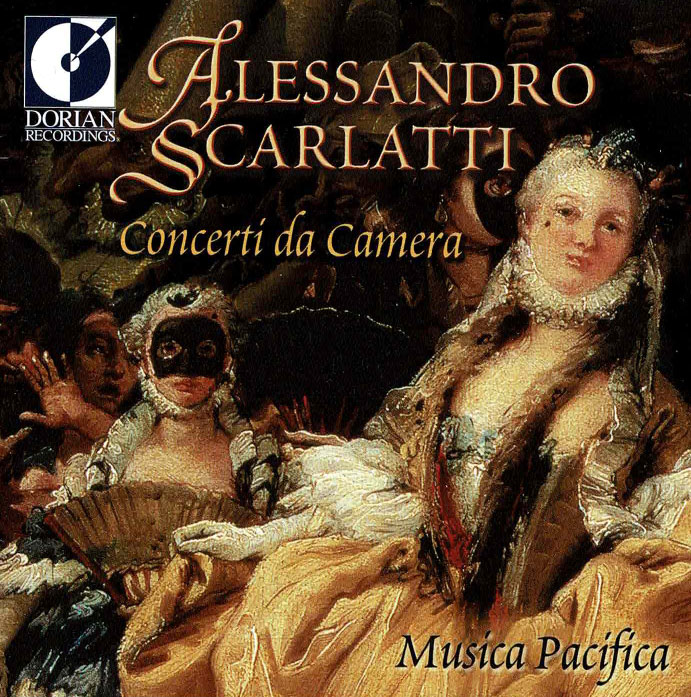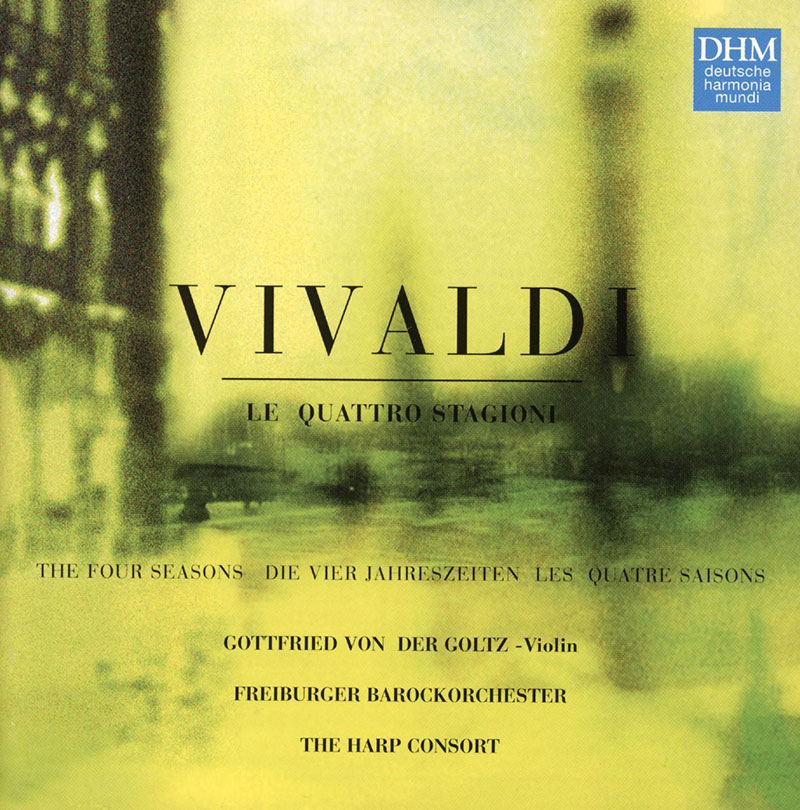Logowanie
Mikołaj - ten to ma gest!
Elton John, The Mamas & The Papas, Cat Stevens, Rod Stewart, Bobbie Gentry, Stevie Wonder, Engelbert Humperdinck
Memory Lane
Edycja Numerowana - 1000 egzemplarzy w skali światowej
RACHMANINOV, Eiji Oue, Minnesota Orchestra
Symphonic Dances / Vocalise
Best Recordings of 2001!!! NAJCZĘŚCIEJ KUPOWANA PŁYTA Z RR!
Karnawał czas zacząć!
Music of Love - Hi-Fi Latin Rhythms
Samba : Music of Celebration
AUDIOPHILE 24BIT RECORDING AND MASTERING
CHOPIN, LISZT, DEBUSSY, DVORAK, Gerhard Oppitz
Dances romantiques - A fantastic Notturno
Wzorcowa jakość audiofilska z Clearaudio
Winylowy niezbędnik
ClearAudio
Double Matrix Professional - Sonic
najbardziej inteligentna i skuteczna pralka do płyt winylowych wszelkiego typu - całkowicie automatyczna
VIVALDI, Sarah Francis
Concertos for Flute, Oboe, Violin, Basson & Continuo
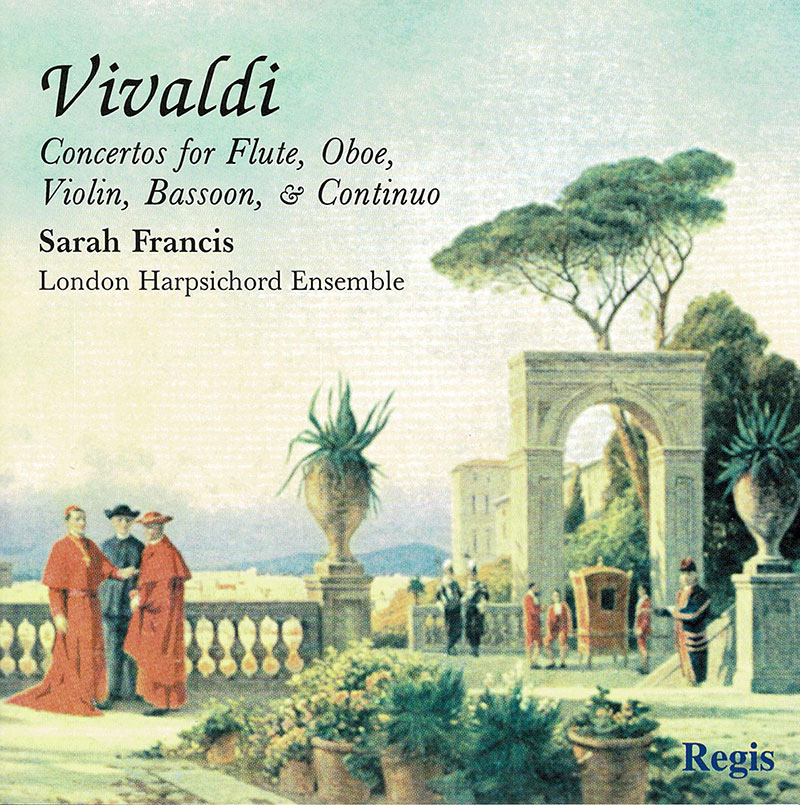
- Concerto RV99 in F Major
- 1. Allegro 3.49
- 2. Largo 1.49
- 3. Allegro 2.21
- Concerto RV107 in G Minor
- 4. Allegro 2.27
- 5. Largo 4.24
- 6. Allegro 2.40
- Concerto RV88 in C Major
- 7. Allegro 3.22
- 8. Largo cantabile 2.23
- 9. Allegro molto 2.15
- Concerto RV94 in D Major
- 10. Allegro 3.52
- 11. Largo 3.51
- 12. Allegro 3.51
- Concerto RV 106 in G Minor for flute, violin, bassoon, continuo
- 13. Allegro 2.52
- 14. Largo 4.03
- 15. Allegro 2.25
- Concerto RV90 in D Major "Il gardellino"
- 16. Allegro 4.25
- 17. Largo 2.33
- 18. Allegro 3.37
- Sarah Francis - oboe
- VIVALDI
Five hundred concertos for various instruments seems an incredibly large output for one composer but that is the total of surviving works in the form attributed to Vivaldi, nicknamed the Red Priest of Venice, because of the colour of his hair. Yet it is not too long ago that the name of Antonio Vivaldi was unknown - all until the rediscovery in the 1930's of his four concertos known to music lovers everywhere today as the Four Seasons. "Today, some critics may claim that all the concertos sound the same but continuing popular interest in Vivaldi's music suggests otherwise. Vivaldi spent much of his time in the composition of operas and choral works written often for the Conservatorio della Pieta in Venice, a church orphanage for young girls on the banks of the Riva degli Schiavoni. Above all however, Vivaldi was himself a virtuoso violinist and his contribution to the development of the violin and indeed other solo instrument concertos cannot be underestimated both in the solo writing and in the creation of a formal type of concerto which would become the standard classical layout to be used by Mozart and his successors. Vivaldi wrote not only concertos for single solo instruments but also a series of novel concertos for groups of soloists with basso continuo. Out of these twenty three extant works, six are included on this recording although two of these are actually adaptations of other works - RV 90 which is the flute concerto RV428 and RV 99 which is the concerto con molti instrumenti RV371. Although there is no certainty when or for what occasion these concertos were written, they appear to date from the 1720's and such dating is confirmed by the discovery of a set of parts for RV 90 made in the mid 1720's and prepared for - perhaps even composed originally for - the Venetian born Cardinal Pietro Ottoboni, a patron also of Corelli and Handel. The twenty three chamber concertos of Vivaldi are a comparatively small part of his output and as such, found few successors in Italy. They were however, widely imitated in Germany and France, often under the name of Sonata. Equally, the form can be seen to have been taken up by J. S. Bach in his second and sixth Brandenburg Concertos. All six of the concertos on this disc follow the same three movement structure of Allegro - Largo - Allegro. The Concerto in F (R V99) is a reduction of a concerto con molti strumenti of 1717 with the loss of original horn parts and a change of key from B flat major to C major for the central slow movement in order to accommodate the flute part in the new concerto. Of interest too is Vivaldi's self borrowing of an aria from his opera Ottone in Villa for the final movement. The Concerto in G minor (RV 107) uses a Siciliana rhythm for its slow movement, later to be borrowed for Vivaldi's Double Concerto for violin and oboe (RV548). The final Allegro owes some allegiance to the opening bars of Bach's Goldberg Variations. In the C major Concerto (R V88) there is a fascinating dialogue set up in the central Largo cantabile between solo flute on the one hand and the violin and oboe parts on the other, exchanging single bar fragments. The Concerto in D major (R V94) owes its opening movement to borrowings from Vivaldi's operas again whilst the following Concerto in G minor (R V106) seems more like a trio sonata in its opening movement and finale, both based on use of counterpoint. The slow movement however abandons such ideas in favour of a long melody for the flute accompanied subtly by the violin. The Baroque period was keen on representations and music was no exception. Thus many pieces had sub-titles or descriptions of natural or historical events - Vivaldi's own Four Seasons is one of the better known titled works, but there were many others including the Storm at Sea and the final concerto on this disc, the Goldfinch. Il Gardellino as it is known in Italian led to a later work of the same name, part of Vivaldi's Opus 10. The concerto is full of bird-like events for the flute whereas the slow movement is a simple duo just for flute and bassoon. Specialising in eighteenth century music, the London Harpsichord Ensemble is a well established British group of chamber music players. The ensemble has played many works by Bach and Telemann and, as on this disc Vivaldi. The players are also well known as soloists in their own right and both Sarah Francis (oboe) and Graham Mayger (flute) have also distinguished themselves as professors at the London Royal College of Music. 2000 David Doughty "highly engaging group of concertos... most attractive intimacy" (Gramophone)
